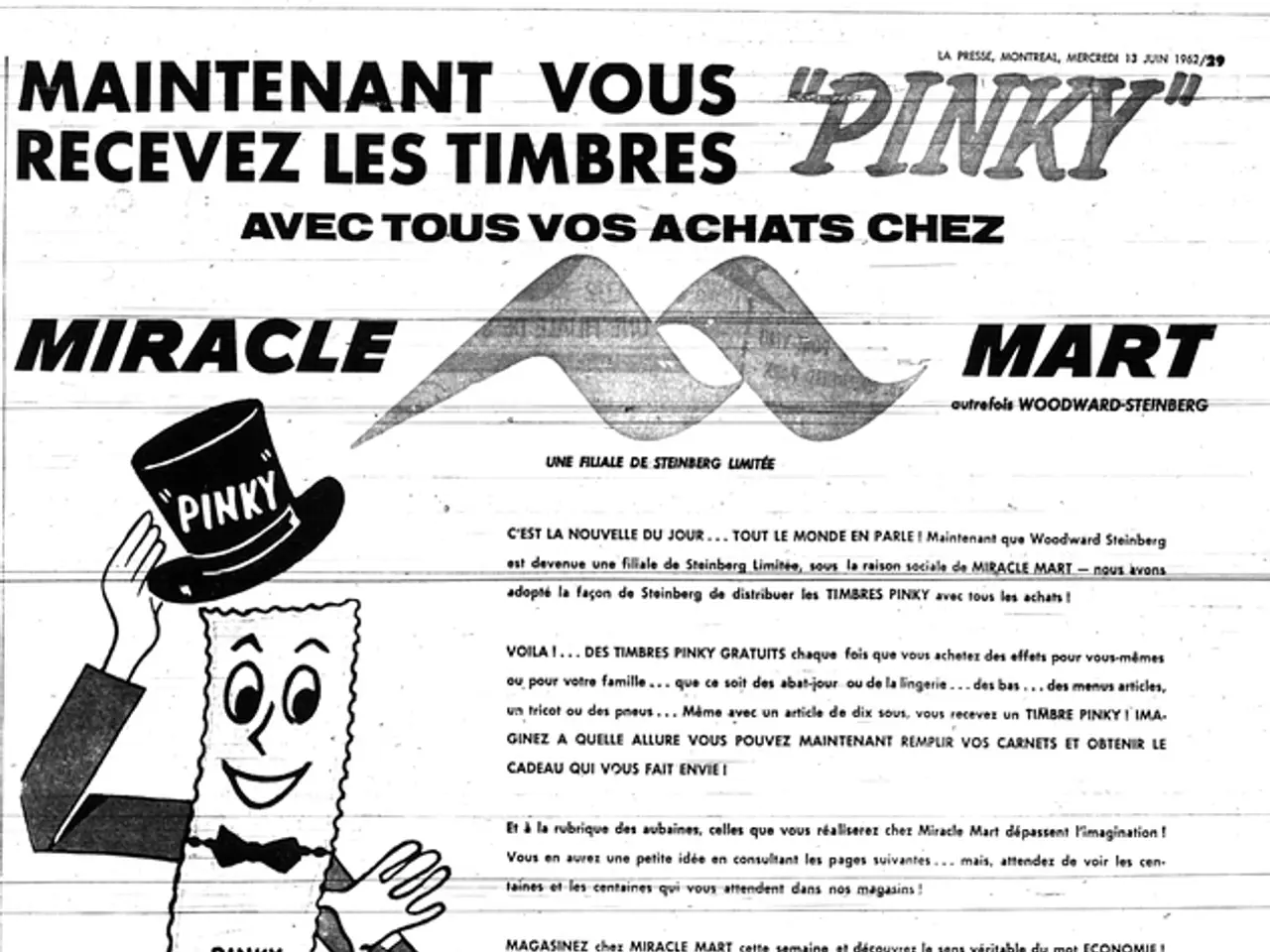Visually pleasing styles are Encroaching upon Personal Distinctiveness
In the 21st century, the rise of online aesthetics has significantly influenced societal dynamics and individual expression. These digital cultural styles, such as Trad Wife, Coquette, and Y2K, represent more than just visual or fashion trends; they embody deeper social and political narratives.
### Historical Context and Development of Online Aesthetics
The roots of online aesthetics can be traced back to the Post-Internet art and culture movement, which emerged in response to the Internet's pervasive impact on society, culture, and aesthetics. This art movement exemplifies how digital technologies and online environments shape visual culture and individual expression, transcending the screen and influencing real-world objects and lifestyles.
Historically, aesthetics, as a philosophical discipline, focused on the reasons why people find things beautiful and the impact of art on beliefs and moods. In the digital age, aesthetics continue to evolve, adapting to the ever-changing landscape of technology and reshaping artistic and social expression.
### Impact of Online Aesthetics on Societal Division
Online aesthetics often foster communities around specific identities or worldviews, providing spaces for individuality while simultaneously exacerbating social fragmentation. Certain aesthetics become markers of ideological or cultural belonging, sometimes aligning with political or cultural factions.
For instance, the "new right's hollow aesthetic" demonstrates how right-wing radical counter-elites in America co-opt certain nostalgic or retro aesthetics but detach them from actual conservative lifestyles. This aesthetic, propagated online, serves as a symbolic identity marker rather than a practical lifestyle, deepening cultural divides by creating an image-driven politics that contrasts liberal cosmopolitan lifestyles.
### Specific Online Aesthetics: Trad Wife, Coquette, and Y2K
- **Trad Wife**: This aesthetic romanticizes traditional 1950s-style femininity with an emphasis on homemaking, submission, and conservative family values. It has been associated with a backlash against modern feminism and liberal values, often intersecting with right-wing politics and criticized for reinforcing regressive gender roles.
- **Coquette**: This aesthetic centers around playful yet feminine styles blending vintage, flirty, and often pastel-focused looks that emphasize youth, flirtation, and charm. Unlike Trad Wife, the coquette style is more apolitical but expresses individuality and a nostalgic idealization of femininity.
- **Y2K (Year 2000) Aesthetic**: This aesthetic recalls the late 1990s and early 2000s tech-futurism, pop culture, fashion, and early internet-inspired motifs. It is characterized by bright colors, digital nostalgia, and a blend of futuristic and retro elements. Y2K has grown popular among younger generations online, serving as a nostalgic revival for an era of technological optimism and pop music culture.
### Summary of Effects
| Aspect | Trad Wife | Coquette | Y2K | |----------------------------|---------------------------------------------|-----------------------------------|------------------------------------| | **Core Identity** | Traditional femininity, conservative values | Playful femininity, vintage charm | Early internet/tech nostalgia | | **Political/ideological use** | Yes, linked with right-wing conservatism | Generally apolitical | Mostly cultural, nostalgic | | **Impact on societal division** | Reinforces gender and political divides | Creates niche identity spaces | Symbolizes generational cultural differences | | **Impact on individuality** | Emphasizes conformist traditional roles | Celebrates playful self-expression | Encourages ironic, creative identity |
### Conclusion
Online aesthetics like Trad Wife, Coquette, and Y2K illustrate how the Internet shapes new cultural languages that reflect and sometimes amplify societal divisions. While they foster new forms of individuality and community in digital spaces, these aesthetics also often align with or symbolize wider ideological and cultural conflicts. This dual role of online aesthetics as both identity enhancers and social dividers represents one of the key cultural dynamics of the post-Internet age.
It is crucial to celebrate individuality and live life to the fullest, without conforming to societal expectations. The exclusivity attitude that once characterized online aesthetics has lessened as people have returned to in-person interactions, and a new trend in aesthetics is the integration of political or moral views. The meaning of aesthetic has evolved to refer to the general look of a trend, something cohesive, rather than solely sensory perception or beauty.
- Online aesthetics like Trad Wife, Coquette, and Y2K not only influence fashion and beauty trends but also embody deeper social and political narratives, reflecting and sometimes amplifying societal divisions.
- The rise of social media has enabled individuals to curate their lifestyles within these digital cultural styles, engaging in communities that share similar worldviews and interests, such as fashion-and-beauty, education-and-self-development, personal-growth, and entertainment.
- In the realm of pop-culture, these aesthetics have reshaped artistic expressions, filtering into real-life objects, visual art, and even shaping societal perceptions, demonstrating the impact of digital technology on individual expression.
- With the advent of online aesthetics, the understanding of aesthetics has shifted from solely sensory perception or beauty to encompassing a cohesive look associated with a trend or identity, thus playing a significant role in personal and social identity formation in the 21st century.




